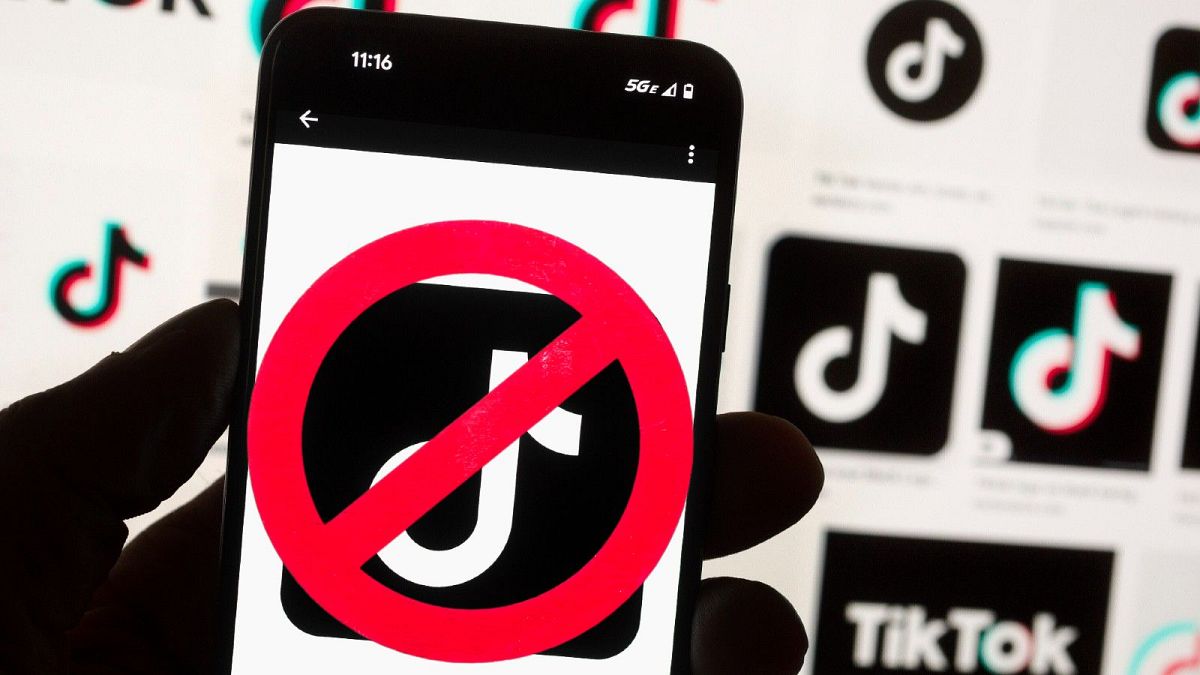TikTok: A Global Controversy – Countries Where It’s Banned and Why
Yathish Acharya
Technology
11 months ago

TikTok, the widely popular social media platform owned by China's ByteDance, has faced scrutiny and bans worldwide. While it is celebrated for its creativity and entertainment, many governments have flagged concerns about data privacy, national security, and content moderation. Below is a comprehensive look at countries where TikTok is banned, alongside the reasons and dates when these actions were taken.
1. India
- Date of Ban: June 29, 2020
- Reason: India was the first major country to impose a permanent ban on TikTok, citing national security concerns after a border clash with China. The government claimed that the app collected and misused user data, posing a threat to sovereignty and security.
2. United States
- Current Status: TikTok is under constant scrutiny, with federal-level bans on government devices in place. Some states are considering outright bans.
- Reason: Concerns revolve around data privacy and fears that user data could be accessed by the Chinese government.
- Date of Government Device Ban: January 19, 2025
3. China
- Status: TikTok is not available in mainland China. Instead, ByteDance operates a similar but separate app called Douyin, which complies with China's stringent internet regulations.
- Reason: TikTok’s global version does not align with China’s strict content and data censorship laws.
4. North Korea
- Status: TikTok is completely banned.
- Reason: Like most foreign apps, TikTok is inaccessible in North Korea due to the regime's extreme control over internet access and external communications.
5. Afghanistan
- Date of Ban: April 2022
- Reason: The Taliban-led government banned TikTok, citing its promotion of immoral content and its negative impact on youth.
6. Pakistan
- Date of First Ban: October 2020 (bans have been imposed intermittently)
- Reason: Pakistan has temporarily banned TikTok several times for failing to moderate "immoral and indecent" content. These bans were lifted after assurances from TikTok to regulate content.
7. Indonesia
- Date of Ban: July 2018 (Temporary)
- Reason: TikTok was briefly banned for hosting content deemed inappropriate for young audiences. The ban was lifted after ByteDance agreed to improve content moderation.
8. Bangladesh
- Date of Ban: November 2018
- Reason: TikTok was banned for a period due to concerns about inappropriate and harmful content targeting youth.
9. Australia
- Date of Government Device Ban: April 4, 2023
- Reason: The Australian government restricted TikTok on government devices due to national security risks tied to potential foreign interference.
10. Belgium
- Date of Ban: March 2023
- Scope: TikTok is banned on government devices.
- Reason: Cybersecurity and privacy concerns, including the potential misuse of data by the Chinese government.
11. Taiwan
- Date of Ban: December 2022
- Scope: Ban on government devices.
- Reason: Fears that TikTok could be used as a tool for "cognitive warfare" by the Chinese government.
12. Canada
- Date of Government Device Ban: February 28, 2023
- Reason: Canada joined other nations in banning TikTok on government devices over concerns about user data security and foreign surveillance.
13. European Union (Selective Bans)
- Date: March 2023
- Scope: European Commission and Parliament staff were barred from using TikTok on work devices.
- Reason: Potential security risks associated with TikTok's data practices.
14. Albania
- Date of Ban Announcement: December 21, 2024
- Reason: After a fatal incident linked to TikTok, the Albanian government announced plans to ban the platform for a year starting in 2025.
Why Is TikTok Under Fire Globally?
TikTok’s exponential growth has brought it under intense scrutiny. Common concerns include:
- Data Privacy: Many governments fear user data could be accessed by the Chinese government.
- National Security: TikTok’s ownership by ByteDance has raised concerns about foreign interference.
- Content Moderation: Several countries criticize the platform for failing to moderate harmful or inappropriate content effectively.